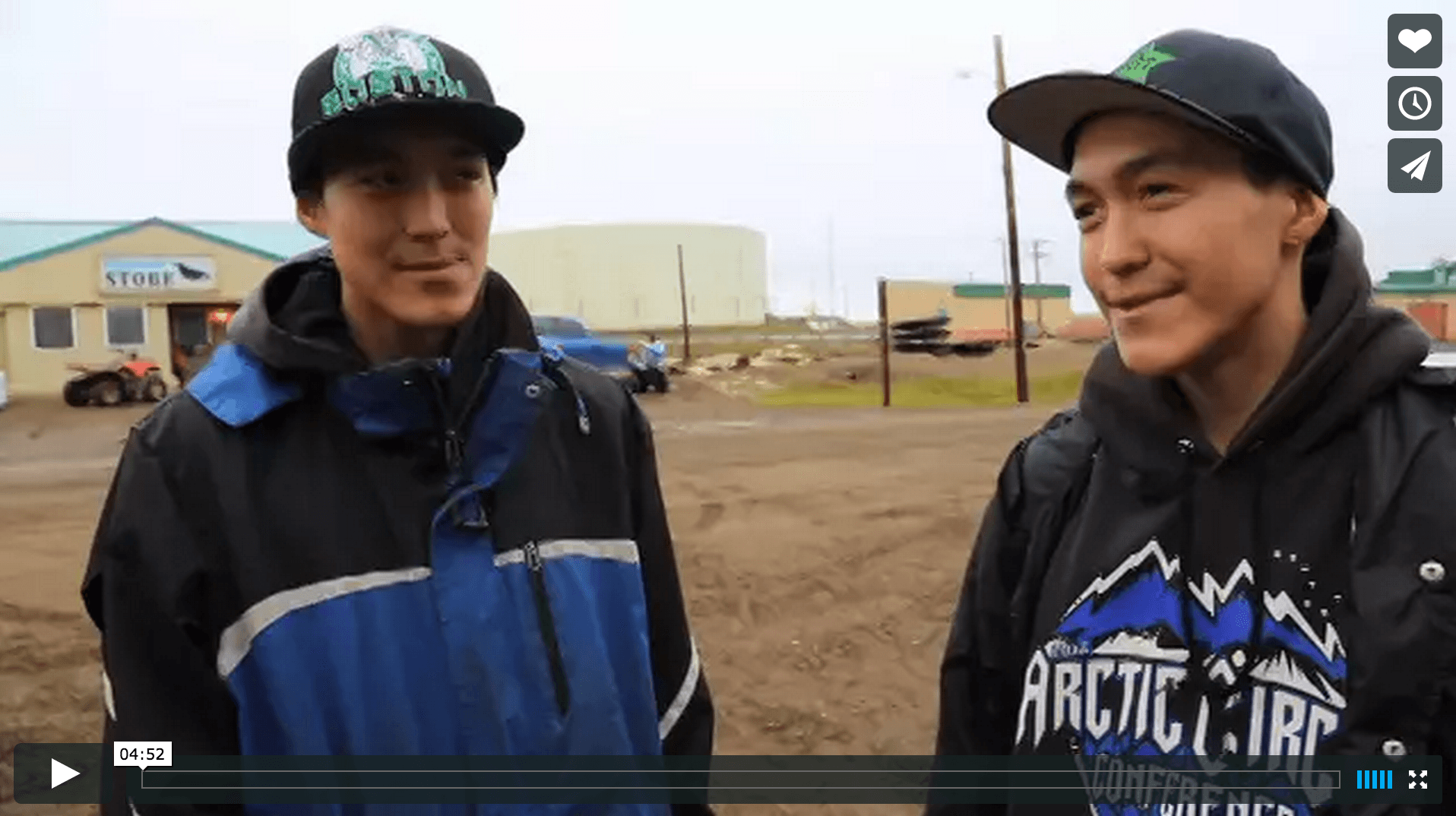Arctic resource rush changes view near top of the world
Wainwright, Alaska, population 550, hasn't changed much over the years. It's a small village that's mostly inhabited by Inupiat Eskimos, many of whom rely on the natural environment and surrounding waters — harvesting whales, walrus and caribou — for their livelihoods. Until recently, the village didn't have running water or sewage systems.
But that's all about to change.
That's because Wainwright is just 60 miles from some of Shell Oil's biggest offshore prospects. Some people say this will change the community for the better, bringing jobs and revenue to the region. Others worry that their way of life will be challenged and changed forever. And still others are concerned about the possibility of a spill, and what that would mean for their home, which has gone untouched for so long.
"I think there’s a little bit of mixed feelings for me. People have farming communities and their harvest is in their backyard. Our harvest is in our ocean," said Wainwright resident Alice Morgan. "If there was a spill, how would the environment change? It depends on that."
Pete Slaiby, Vice President of Shell Oil in Alaska, doesn't share the fear of a spill. At an Arctic summit in Anchorage he said, "We can co-exist with the subsistence users and provide benefits and security to the entire nation and local stakeholders alike."
We will all have to wait to find out whether this is true. Shell experienced a series of setbacks in 2012 that prevented the company from drilling this year, as originally planned. In the meantime, GlobalPost's Charles Sennott traveled to the Arctic Circle to find out more about what's at stake for both the villagers and the oil companies. He brings us this report from Wainwright.
This story is presented by The GroundTruth Project.
The article you just read is free because dedicated readers and listeners like you chose to support our nonprofit newsroom. Our team works tirelessly to ensure you hear the latest in international, human-centered reporting every weekday. But our work would not be possible without you. We need your help.
Make a gift today to help us reach our $25,000 goal and keep The World going strong. Every gift will get us one step closer.
